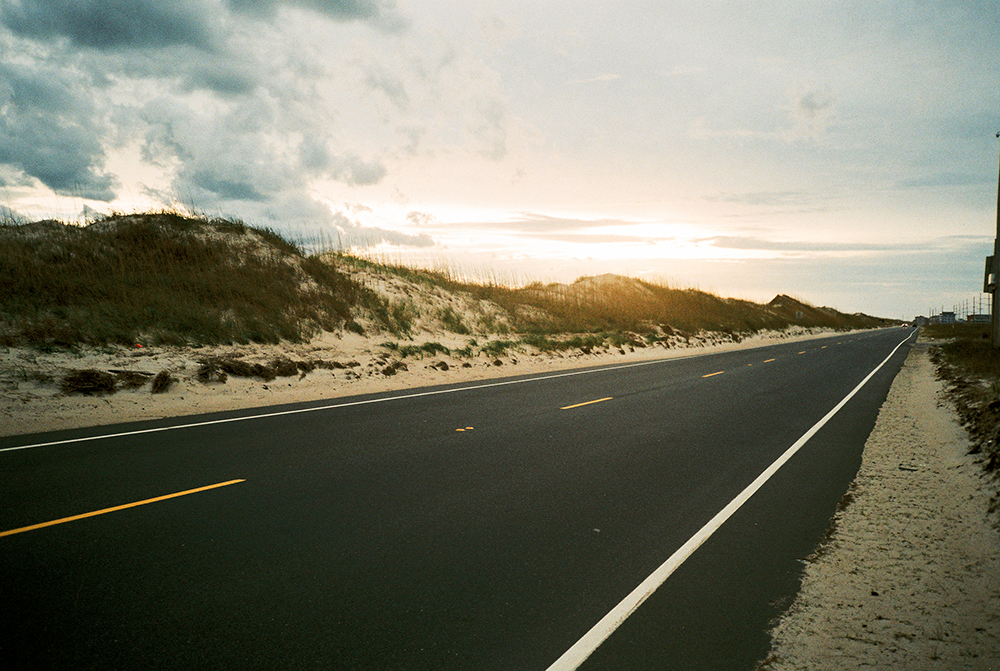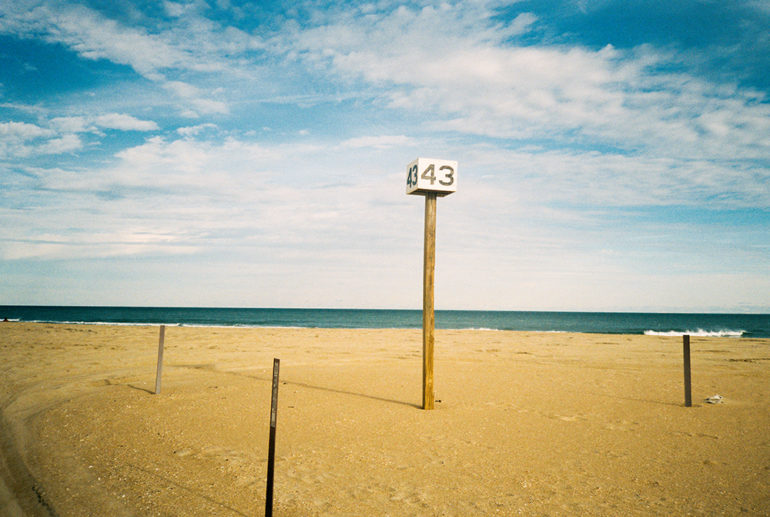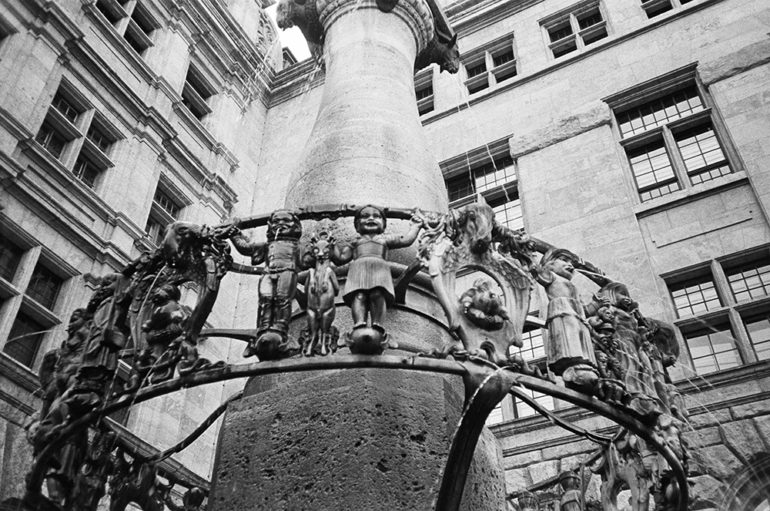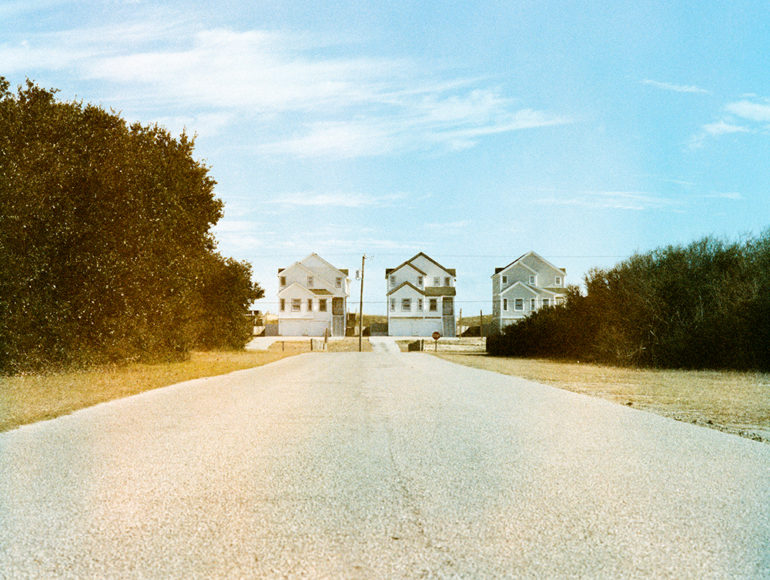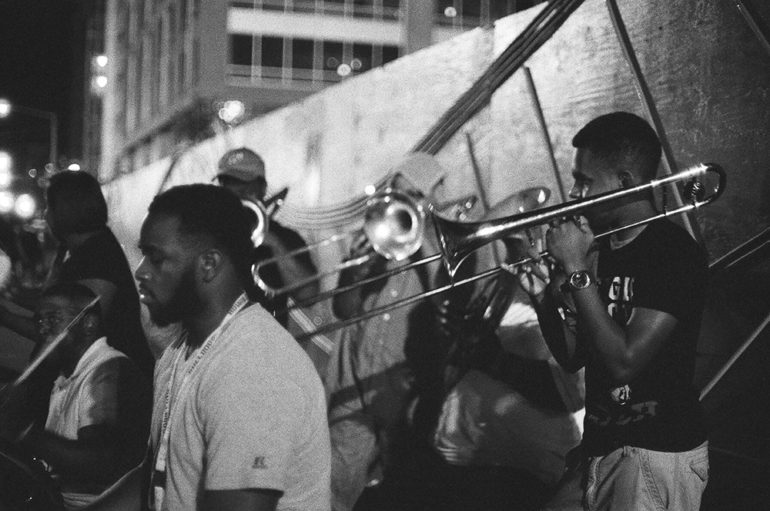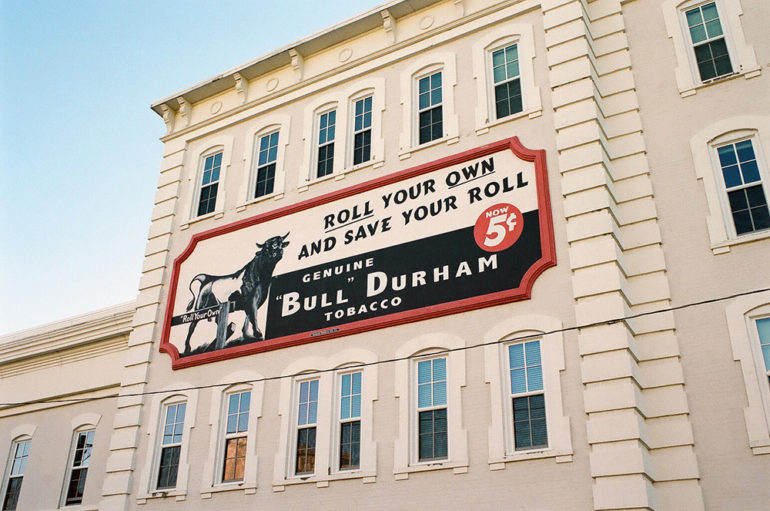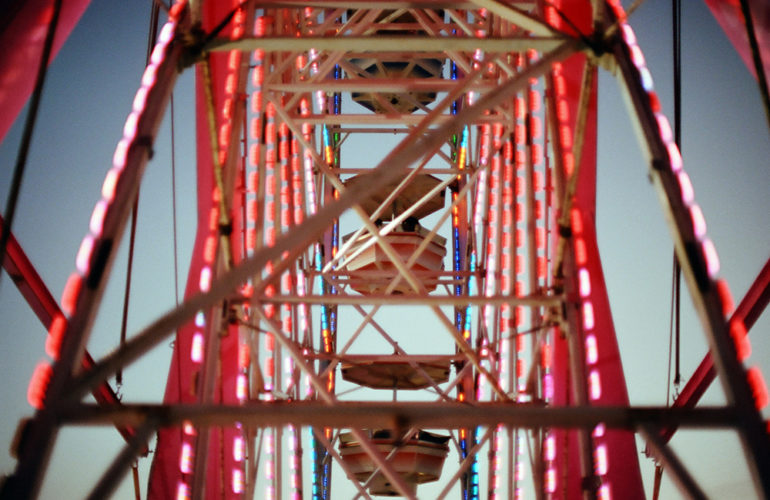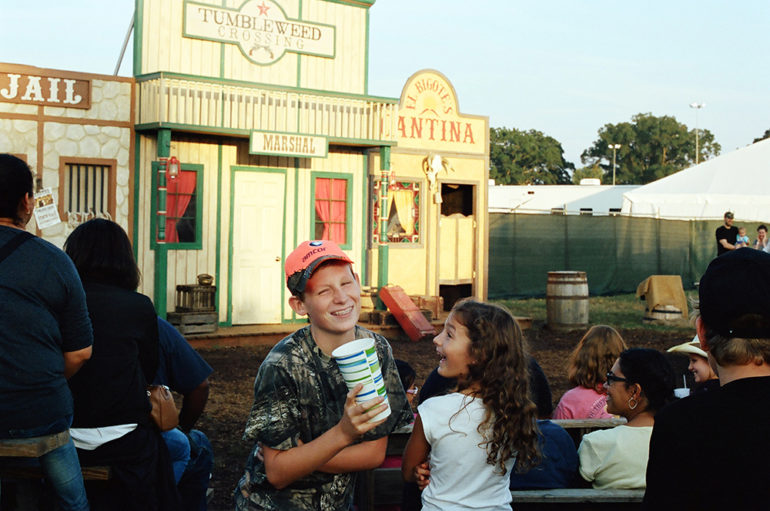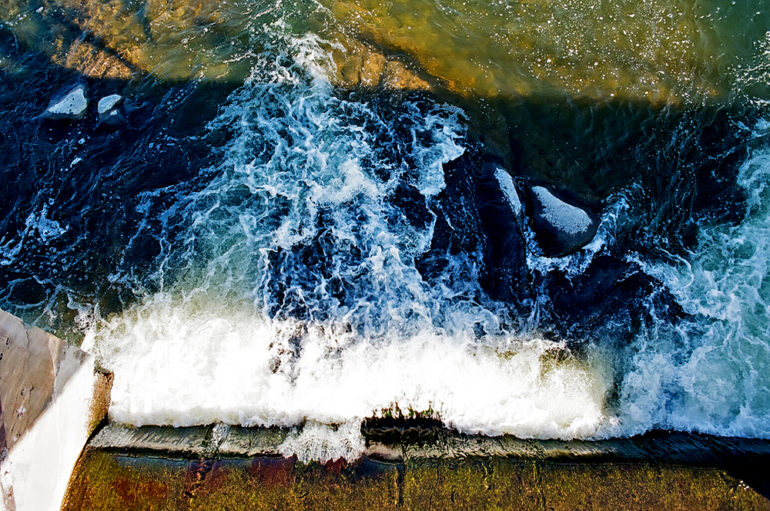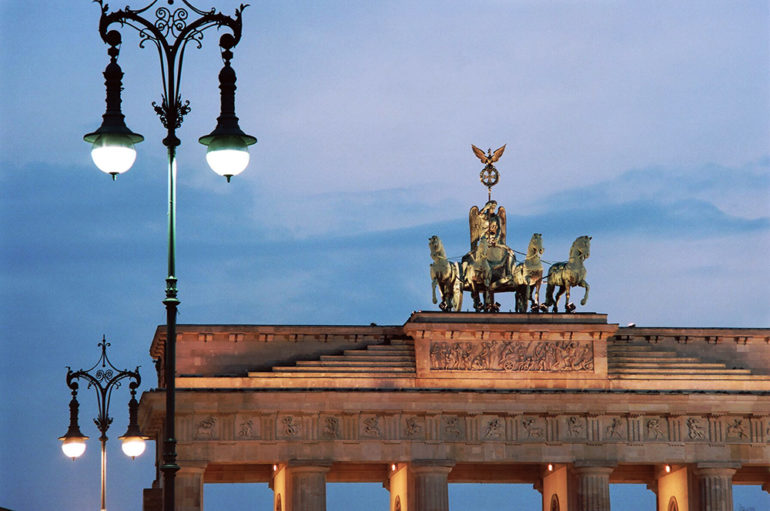All images by Jeb Inge. Used with permission.
There are a ton of photographers out there who started in film, then went digital, and eventually went back to film: and Jeb Inge is one of those shooters. This year he took the big leap and sold all of his digital equipment. His best work is landscape photography, but Jeb genuinely enjoys the documentation process of finding wonderful things in the world and capturing their essence. Jeb applied to be featured in our analog zine, and his work is wonderful enough to share here.
My name is Jeb Inge, I’m an analog photographer based out of Richmond, Virginia. Two years ago I made the leap to film from digital and haven’t bothered looking back. This year I took the big leap and sold the last of my digital equipment.
Originally I was attracted to film for the discipline that it forced on me. Considering the cost and time that goes into each frame, I was more careful and deliberate about my photography. With my digital work, I could take as many photos as I needed to get the intended result. Film forced me to get it right in camera with minimal shutter clicks. Now, I’ve moved past that appreciation into a more broad appreciation of shooting film. Not only do I value the tonal range of film, but I enjoy the physical process of shooting it. There’s no denying the loading of film, the sound of advancing the film and even the darkroom chemicals make me for more invested and a part of the final product.
I wouldn’t say I have a defining approach to photography like is found in so many artistic statements. I find those to be pigeonholes I’d rather avoid. I’ll pick a camera and a film and see what’s out there when I’m exploring. I believe photography should be honest above all else. I would hope someone looking at my work would find a sort of timelessness to it.
I started getting back into film with a Minolta SRT-101 and would get something else once I felt the need for a different capability. Right now my go-to cameras are a Minolta XD, Pentax 645 and a Nikon L35AF, which may be my favorite. I’ve never seen a camera as sharp and with as much personality as that one. Budget is often on my mind, and all of my cameras I consider to punch way above their weight class.
As far as film choice, I don’t have any blind loyalty to any film. I generally regard Tri-X as the king of black and white and often find myself shooting Kodak over Fuji. But I also have a soft spot for AGFA 200 and other consumer films. I’m about to take two weeks to shoot in Germany and have about 40 rolls of film, ranging from Portra 160 to Ilford Delta 3200.
Why did you get into photography?
I’ve been into photography as long as I can remember. I got a Canon Rebel SLR when I was young and enjoyed documenting my trips with family around the South. I’ve always enjoyed capturing exact moments in time.
What photographers are your biggest influences?
Garry Winogrand, Axel Hutte, Sabine Weiss and Sally Mann.
How long have you been shooting?
Since about 1997. Digital from 2004-2015 and film since then.
Why is photography and shooting so important to you?
In high school I worked as the photo editor for the school’s yearbook and in college worked for the newspaper later getting into a career in journalism. So the ability to document moments has been an important attraction to photography. For me, photography is unlike other artforms, which heavily rely on what’s inside the artists head. With photography the subject and the artist are on much more even platforms.
Do you feel that you’re more of a creator or a documenter? Why?
I’m definitely more of a documenter. I like the spontaneity of documentation and the reality of what’s captured. It’s not always easy considering my lack of patience. I’m certainly not a street shooter than can sit and wait for the image to come to me. That’s not to say I don’t appreciate the creators. The longer I go about purely documenting, the more I feel an urge to veer to the other side.
What’s typically going through your mind when you create images? Tell us about your processes both mentally and mechanically?
I have a pretty boring process! If there are people in the shot, I try to find the moment they are completely themselves and without pretension. I always think people are more this way if they don’t know they’re being photographed, but I’m also not going out of my way to sneak candids. With landscapes I like to find my spot, compose and wait for light and let the landscape do the heavy lifting. With both, I find the photos I most enjoy are the ones in which spontaneity played a large role.
Want to walk us through your processing techniques?
Right now I’m only developing black and white at home. It’s been a learning curve in a small apartment, but to watch each roll improve on the one before it is vastly rewarding. With color I use a number of labs for processing.
What makes you want to shoot film over digital at any given time?
When the shutter clicks on a film camera, the world is burned into chemicals and creates an image. When the shutter clicks on a digital camera, the world hits a digital sensor which then creates its best approximation of what the image is. I’m not saying that digital doesn’t do a good job of capturing images, but for me film images feel more legitimate. Plus I can have many hard drives crash, but I’ll only lose my film shots if my apartment burns down and I’m not there to grab the negs!


